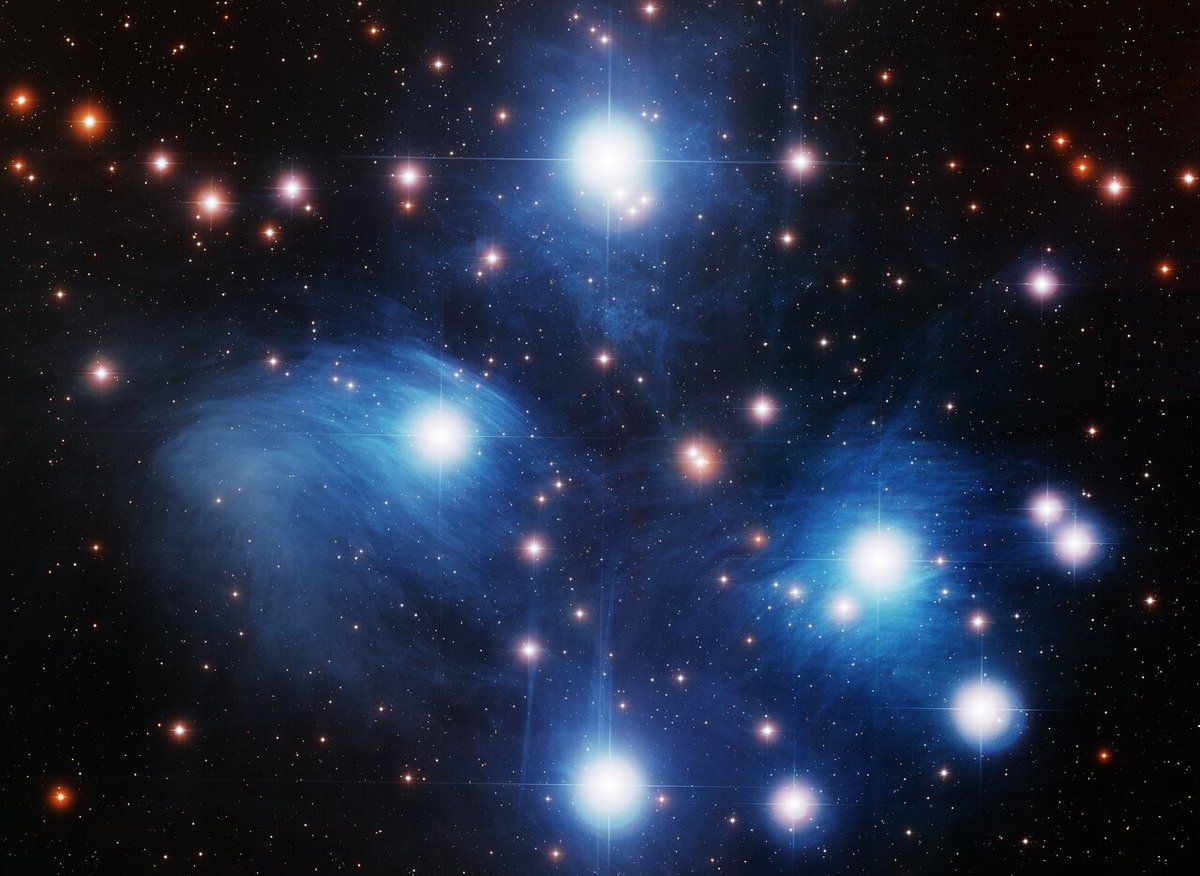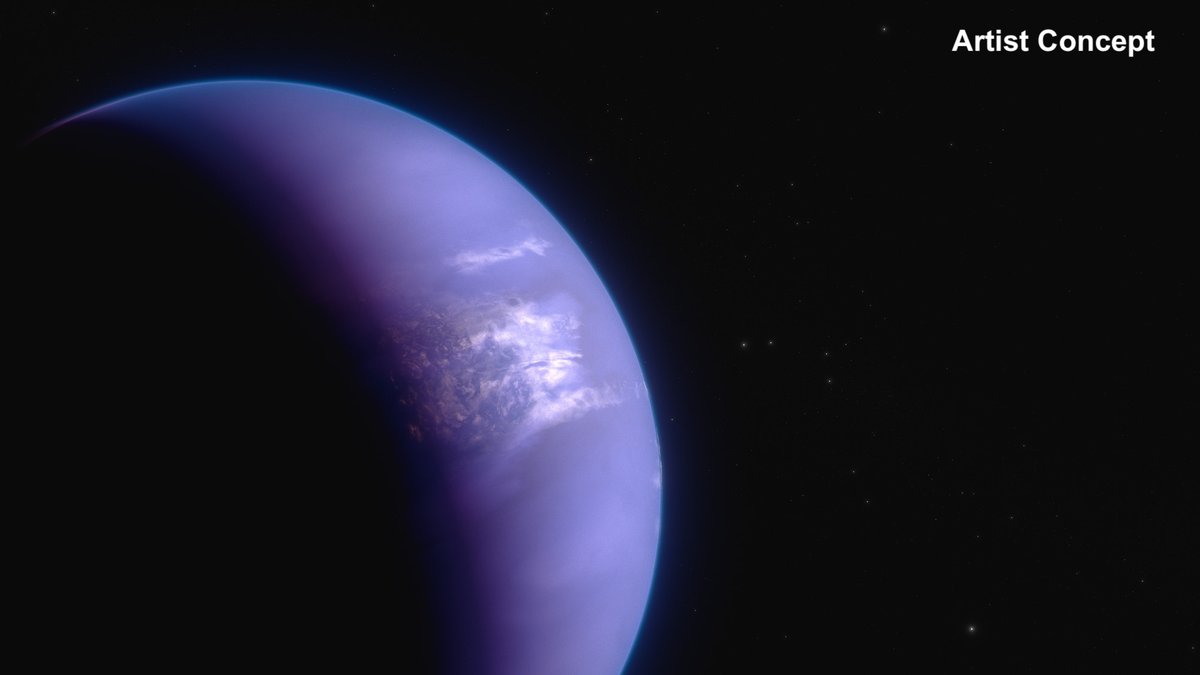
Space Telescope Science Institute
@SpaceTelescope
Mission Operations Center for NASA's Webb Space Telescope (#NASAWebb). Also operating @HubbleTelescope and upcoming @NASARoman.
ID:15150276
http://www.stsci.edu/communications-and-outreach 17-06-2008 20:49:00
4,1K Tweets
137,5K Followers
925 Following

The Kitt Peak National Observatory, a collection of ground-based observatories for nighttime visible and infrared astronomy, left, is in Arizona. It produced the image at right of the Pleiades cluster. More: noirlab.edu/science/progra… #AURAPartners


Jane Rigby, NASA senior project scientist for the James Webb Space Telescope, will be awarded the Presidential Medal of Freedom, the nation’s highest civilian honor. The 19 recipients will be awarded the medals at a ceremony in the White House later today.
washingtonpost.com/politics/2024/…






Just look at that shine! 😎 We're so excited that Rubin Observatory is another step closer to great science.





